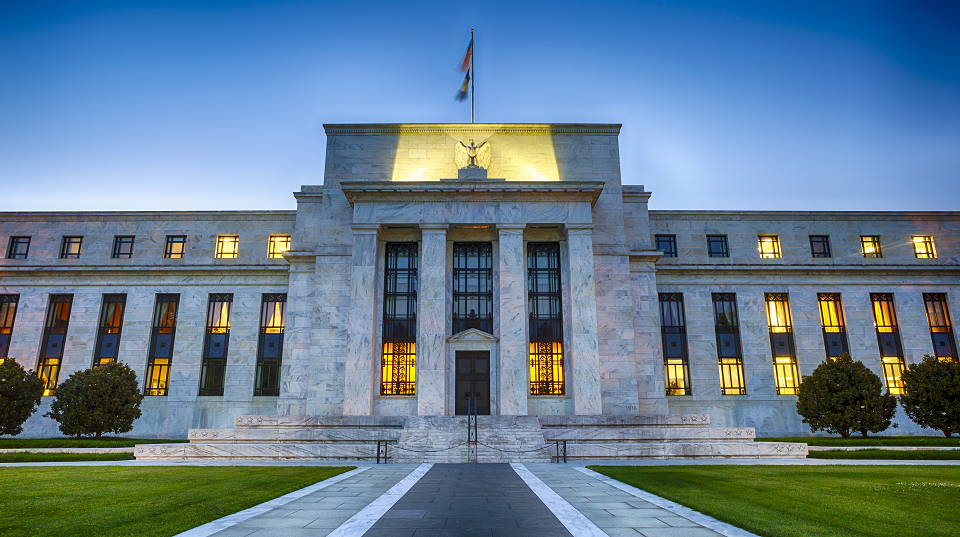by Brian Wesbury, Chief Economist, and Robert Stein, Deputy Chief Economist, First Trust Portfolios
As we near the end of the third quarter, key economic reports will be released that will influence our forecast for third quarter real Gross Domestic Product. It will be a very strong quarter. We expect a 25% "annualized" growth rate in Q3. Using just the data that have already come in so far, the Atlanta Federal Reserve Bank's GDP Now Model says 30%. Either would be a record quarter for the US economy, but still an incomplete rebound from the shutdown collapse in the first half of the year. This week industrial production, retail sales, housing starts, and a weekly report on unemployment insurance are on tap.
Also this week, the Federal Reserve will hold a two-day meeting, which ends on Wednesday. The Open Market Committee will revise its economic forecasts, reveal its expected path of short-term interest rates, and Chairman Powell will hold a post-meeting press conference.
We anticipate a focus on the Fed's willingness to let inflation run higher than its 2.0% target to make up for periods when it has run below 2.0%. For the record, this is not a new policy. The Fed has talked about it for years. But what does it really mean? The Fed's favorite measure of inflation, the PCE deflator, has grown at a 1.5% annual rate in the past ten years. So, in theory, the Fed could let it grow at an annual rate of 2.5% for the next ten years and claim consistency. And because the Consumer Price Index typically grows faster than the PCE deflator, that could mean the CPI increases at about a 2.75% annual rate.
Back in June, the median forecast among Fed policymakers was that PCE prices would rise 0.8% in 2020 (Q4/Q4), which already appears too low. We're estimating an increase of 1.4%, which is only a hair below the 1.5% increase in 2019.
The Fed's June forecasts for inflation in 2021 and 2022 also look too low, at 1.6% and 1.7%, respectively. The M2 measure of the money supply is up 23% in the past year, the fastest rate on record, and much above its growth rate after the first use of Quantitative Easing between 2008 and 2015.
Meanwhile, consumer spending has revived much faster than production, with retail sales up 2.7% versus a year ago in July, while industrial production is down 8.2%. The reason for the gap is unprecedentedly generous government transfer payments, which, in the four months ending in July, were up 77% versus a year ago. You show us a country where people can spend more without producing more, and we'll show you a country that is heading for faster inflation.
But with the Fed willing to let inflation rise, we don't think it's going to lift short-term interest rates anytime soon. This, in turn, will hold the entire yield curve down. At least for the near- to medium-term.
But what happens if, as we expect, inflation has clearly and persistently outstripped the Fed's long run 2.0% target? Will the Fed act to bring it back down? Will it let it run? The Fed has embarked on a dangerous game. Let's hope it has not forgotten the hard lessons learned from the late 1960s through the early 1980s. For now, rates will stay low. But no country can print its way to prosperity, nothing is free. The stakes are very high.
Brian S. Wesbury - Chief Economist
Robert Stein, CFA – Deputy Chief Economist
Click here for PDF version
Copyright © First Trust Portfolios














